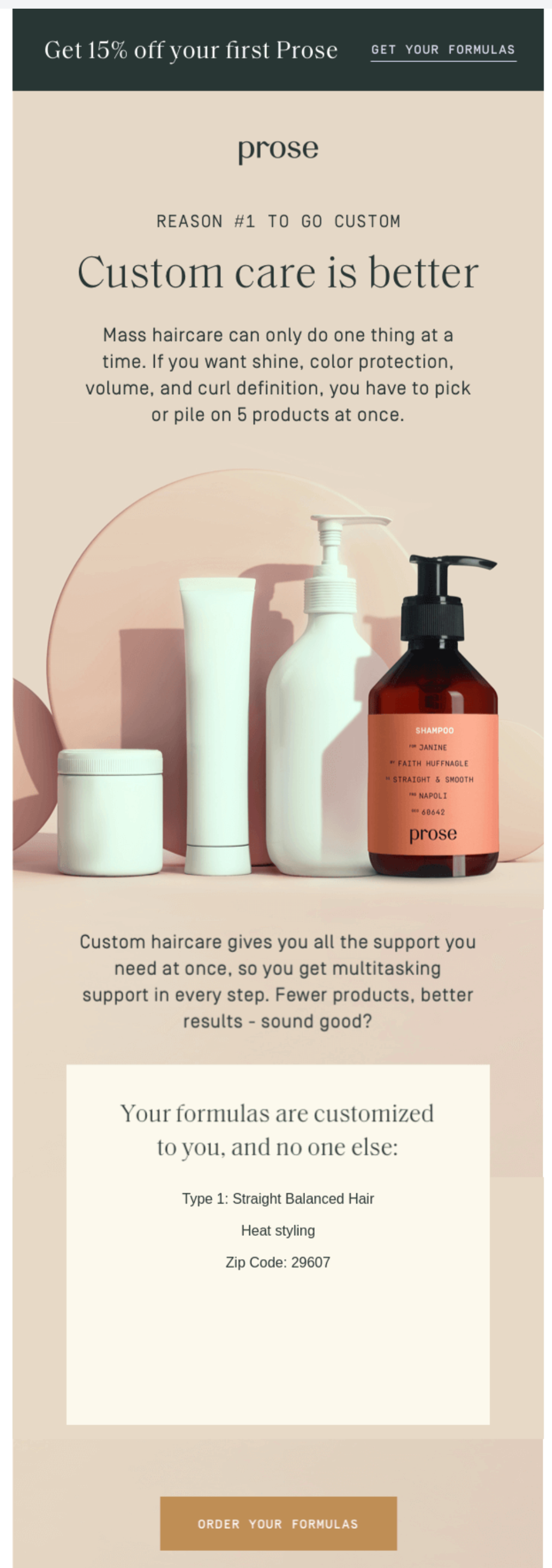The language used in marketing campaigns can greatly impact your customers’ overall experiences. While puns in marketing can be beneficial, jargon in marketing could be detrimental.
Thinking broadly, outside the scope of your marketing campaigns, there are probably times when you have heard jargon being tossed around and thought “why can’t we all just say what we mean?” For example, “taking things offline” has somehow evolved to mean “let’s talk about this another time.” Why not just say that? In a remote setting, if you were to literally go “offline,” you’d sign off and that would be the end of your work day.
It’s not just Bill from Sales that’s throwing these terms around, either. They’re becoming more and more prevalent in every aspect of business. The same jargon we hear on Zoom calls is popping up in marketing campaigns and we wanted to examine this a bit more closely.
Is there a reason brands are leaning on more technical, buzzword-y terms? Does using jargon in marketing add to a customer’s experience, or detract from it? Let’s find out.
B2B Buzzwords
Business-to-Business (B2B) marketing is a swirling vortex of jargon. We know, we know—we’re not innocent when it comes to contributions made to the tornado of trivial talk. Because B2B marketing hinges on, well, business, it’s not crazy that a lot of B2B campaigns contain jargon.
According to MarketingProfs, there are three benefits to including jargon:
- You seem like an insider who knows what you’re talking about
- You can be super specific about the topic
- You can communicate more efficiently
However, this article also points out that you have to consider the intended audience when tossing out jargon in marketing. If everyone will easily understand the words you’re using, then it makes the conversation more efficient and specific.
But, when used incorrectly, jargon in marketing can result in unnecessarily convoluted messaging. The article, for example, compares the sentences “Users leverage our platform to drive optimized outcomes” to “People use our product to get better results.” If you go with the first version, you risk coming across as condescending to your audience, rather than looking like an expert. This type of jargon is neither specific nor efficient.
B2C Chatter
Business-to-Consumer (B2C) marketing may seem like it has fewer opportunities for jargon, but trust us, they’re still there. In fact, it’s often a bit sneakier and less upfront than B2B marketing. Think about the fast-talking, amorphous voice spewing terms and conditions at the end of banking ads or the long-winded disclaimer copy in pharmaceutical marketing. That copy is riddled with jargon.
Let’s look specifically at pharmaceutical ads. According to Vox, “very few direct-to-consumer drug ads give hard data on a drug’s benefits; most opt instead for vague statements that too often oversell.” Remembering the advice from MarketingProfs, jargon needs to be used to clarify and simplify communication. If it’s vague and unhelpful, it isn’t adding to the customer experience.
To flip the standard on its head, Ritual, a custom vitamin brand, calls out the unpronounceable scientific terms often touted in medical marketing.


Ritual provides easy-to-understand copy to showcase the value of their vitamins. Source: ReallyGoodEmails.
Pharmaceuticals aren’t considered “B2C” for most countries (only the US and New Zealand), so let’s switch to a more classic B2C industry: cosmetics.
While there’s a scientific aspect to both pharmaceuticals and cosmetics (the two are often combined into a new buzzword: cosmeceuticals), the risks associated with using a new tube of lipstick or wrinkle cream are likely far less than using a new prescription medication.
Consumers want honesty and easy-to-understand marketing that helps them make a purchase decision. Pseudo-scientific buzzwords, not easily understood by non-scientists, probably don’t appeal to the target audience. According to a study from The Journal of Advertising Research, “Cosmeceutical claims more likely will be perceived as misleading/deceptive than as acceptable.”
Prose, on the other hand, created a jargon-less email. They develop custom hair products, but the email isn’t flooded with ingredients and how they work. It’s a simple email demonstrating the value of the product and why it makes the customer’s life easier.
Marketing shouldn’t be shrouded in mystery and layers of lengthy lingo. Yes, there are times when using jargon in marketing can help get your point across faster, but there are ways to cut to the chase without sounding like a robot. When you use too much jargon in marketing you run the risk of sounding impersonal and cold.
An option, if you’re not sure if jargon resonates with your audience, is to use A/B testing. You can send an email, for example, containing some standard jargon in the subject line to one segment and a subject line with more simplified, colloquial language to another segment. Through A/B testing you can see which content resonates with your audience. In this case, you’ll find what type of tone and style works best for them so you can give the people what they want.
We’re All Just People
At the end of the day, whether you’re trying to appeal to a “B” or a “C,” marketing is meant to attract people. It doesn’t matter if your target audience is companies looking to invest in new software, or stay-at-home parents looking to buy new highchairs, every “target audience” consists of human beings.
Marketing, especially cross-channel marketing, is all about thinking from the customer’s point of view. And, whether that’s to a business or a consumer, there’s a person on the receiving end of your marketing communications, opening your emails or opting into your SMS messages. So, the next time you’re crafting a subject line or planning a push notification, think about the person that will be reading it. Do they need to look up every word to decipher what you’re trying to say? If so, un-jargon your marketing communications (it costs less than shipping a dictionary).
To explore how cross-channel marketing can build your customer relationships, request an Iterable demo today.

































